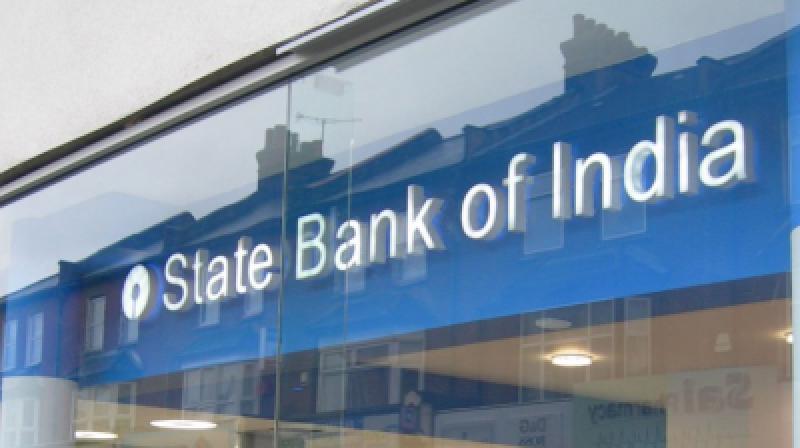India's PSU bank recap plan lifts shares, raises questions
Investors welcomed the news, sending shares of SBI up as much as 25 per cent to its highest since January 2015.;

The gains come after India’s cabinet late on Tuesday cleared a plan to inject Rs 2.11 trillion ($32.4 billion) into state-run lenders over the next two years.
With the plan, Prime Minister Narendra Modi is bidding to tackle a major drag on the economy that has frustrated his attempts to boost growth.
Investors welcomed the news, sending shares of State Bank of India, the biggest lender, up as much as 25 per cent to its highest since January 2015. The benchmark NSE index rose as much as 1.3 per cent, touching a record high.
But details of how New Delhi will fund the injections remain unclear. Also, questions remain about whether it would add to the country’s fiscal deficit at a time markets are already doubtful India can meet its 3.2 per cent target of gross domestic product for the year ending in March 2018.
The planned injection also still falls short of some estimates, including from credit rating agencies, of what’s required. Fitch Ratings estimates Indian banks need $65 billion of additional capital by March 2019 to meet Basel III global banking rules.
For now, analysts said the long-awaited actions are positive, as India was widely seen as dragging its feet in resolving issues in a banking sector saddled with $145 billion in soured loans after years of almost indiscriminate lending.
Once the world’s fastest-growing major economy, India has seen its growth rate plummet to the lowest in three years. A key factor has been the lack of private investment as state banks, which provide most of the credit in the economy, hold the largest amount of bad debt.
“At the end of the day, a good dose of the medicine that is required is being provided,” said Jobin Jacob, associate director of financial institutions at Fitch Ratings.
“How the medicine is being sourced could have its own implications on the macro picture, but as far as the banking sector is concerned, it is helpful,” he said.
Of the planned Rs 2.11 trillion sum, so-called recapitalisation bonds will account for Rs 1.35 trillion, while about Rs 580 billion is estimated to come from share sales by banks, the ministry said on Tuesday.
BIGGER STATE EQUITY STAKES?
The government will also use Rs 180 billion left from its previously budgeted recapitalisation fund.
Analysts predict recapitalisation bonds would likely involve selling debt to lenders, with the government then injecting the capital back into state-owned banks, potentially in exchange for increased equity stakes in the sector.
The government could also seek to avoid adding to its fiscal deficit by funding the injections through state-owned bodies rather than directly, an accounting sleight-of-hand that could allow New Delhi not to count the expenditure as part of its budget.
Details will matter. Concerns about how the recapitalisation bonds will be structured sent the benchmark 10-year bond yield up 3 basis points to 6.81 percent from its previous close.
The Indian rupee weakened slightly to 65.15 from its previous close of 65.0925
Investors warned that India also needed to announce reforms to the banking sector, to prevent moral hazard and impose more credit discipline on lenders.
Policymakers “should impose targets on these banks in terms of profitability, credit quality and efficiency. This has to be carefully managed,” said David Marshall, Singapore-based analyst with CreditSights.

